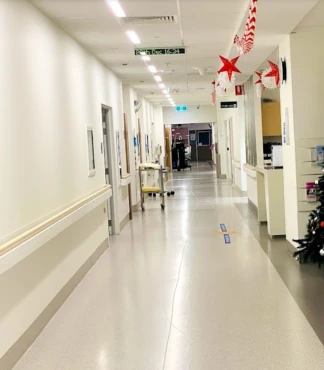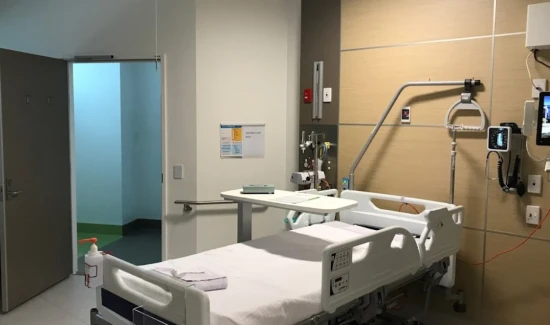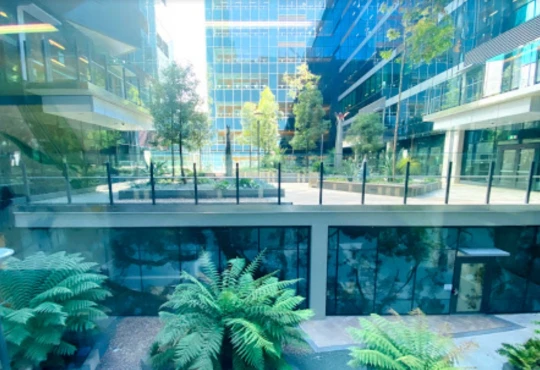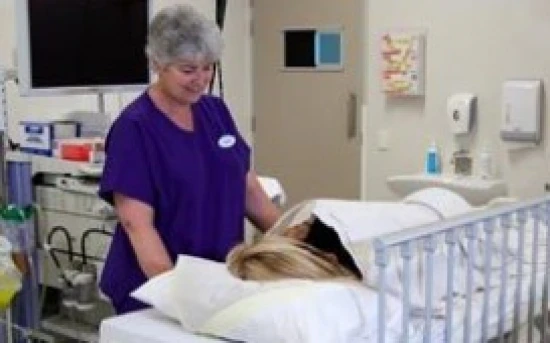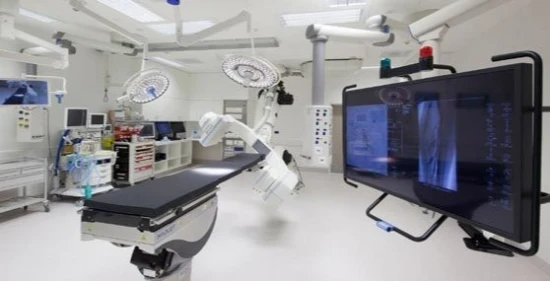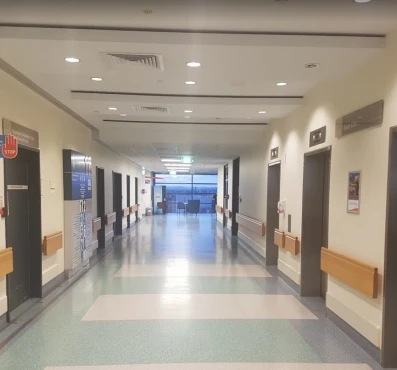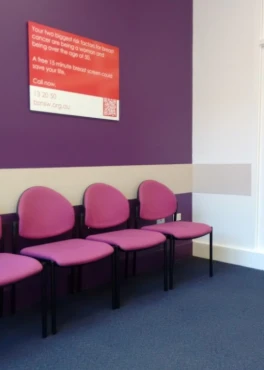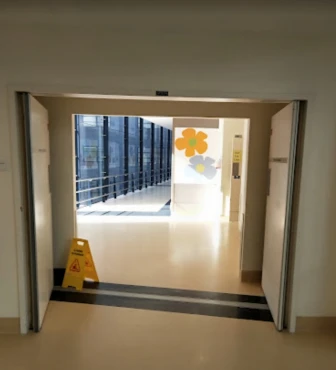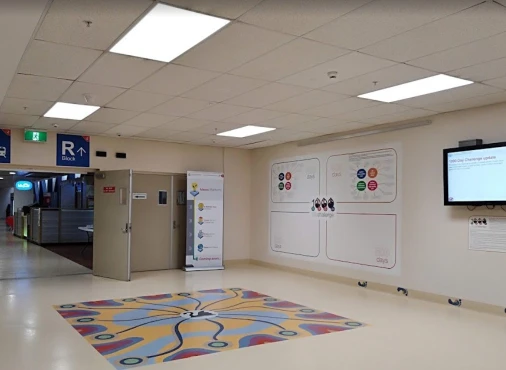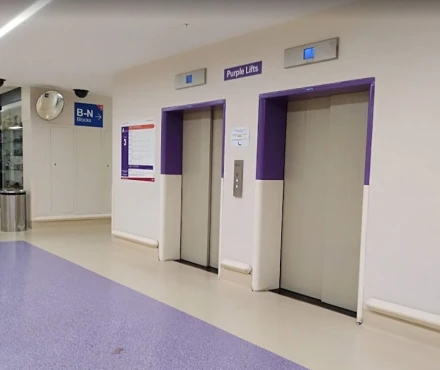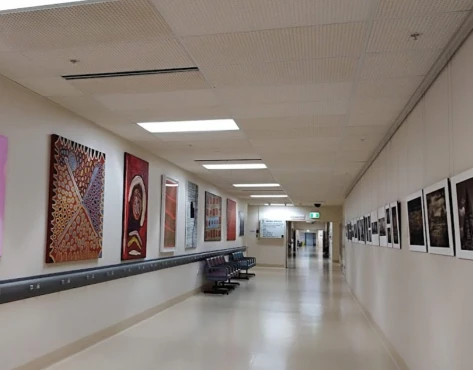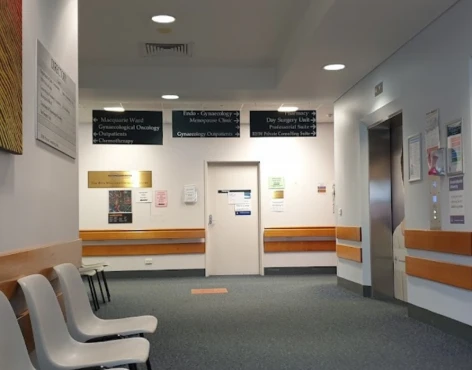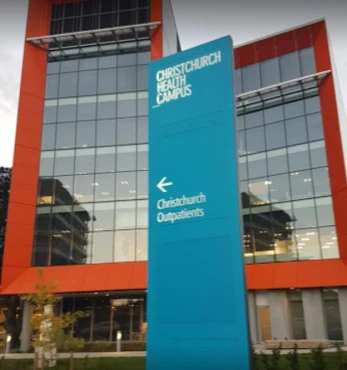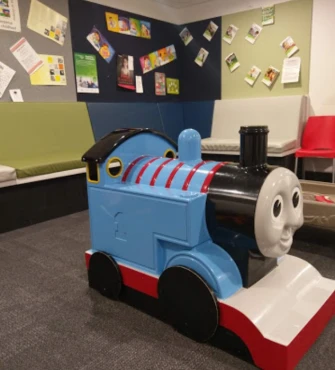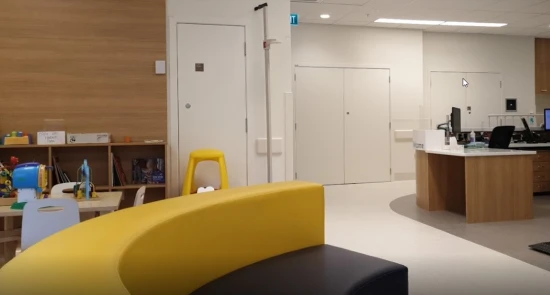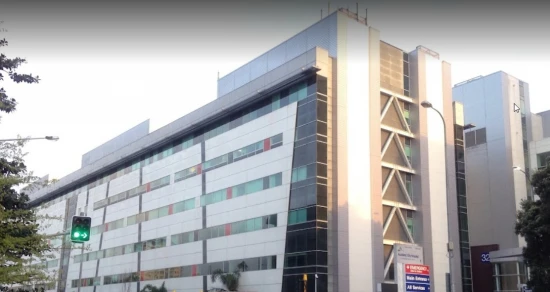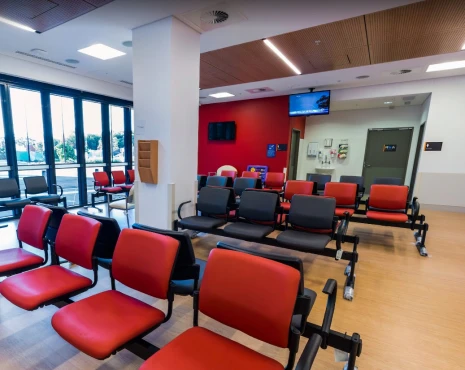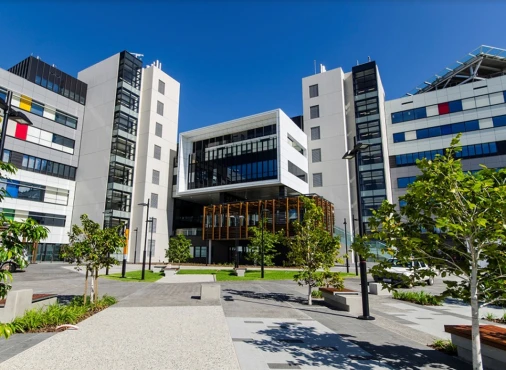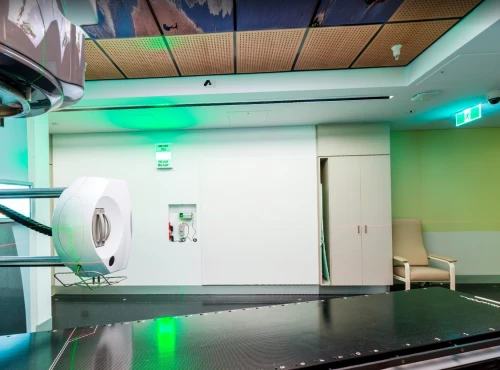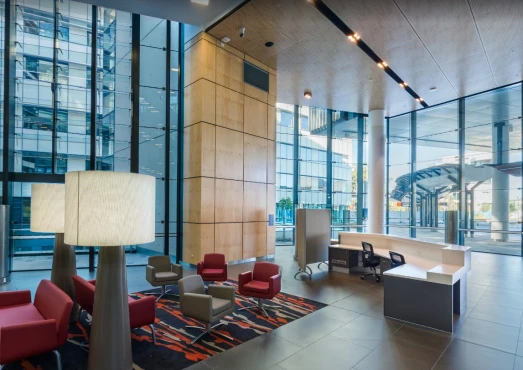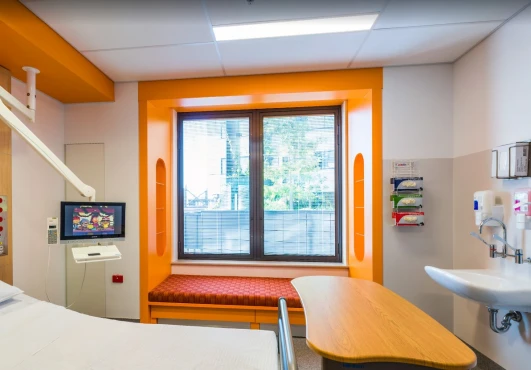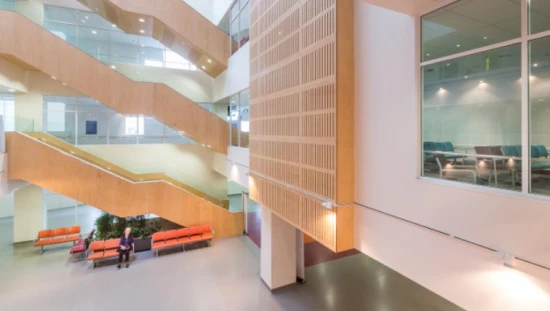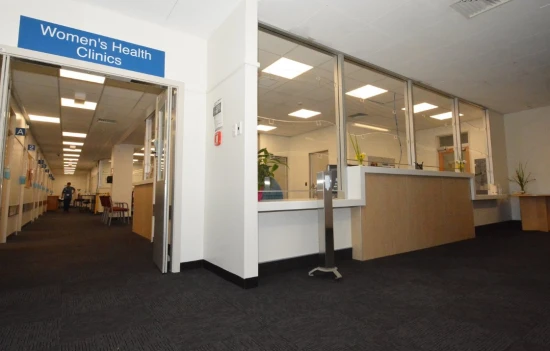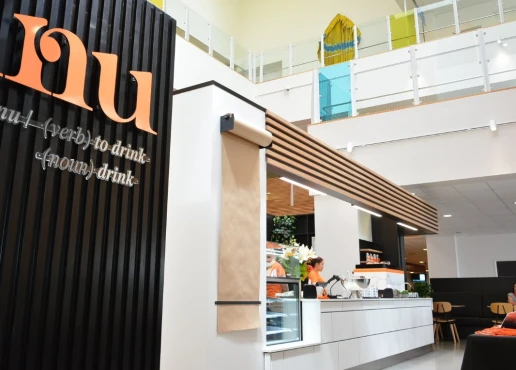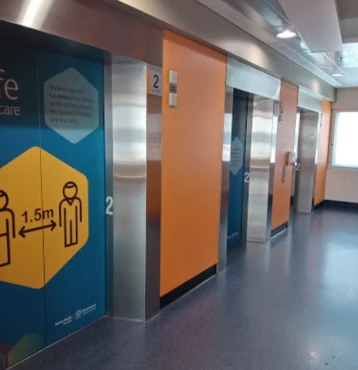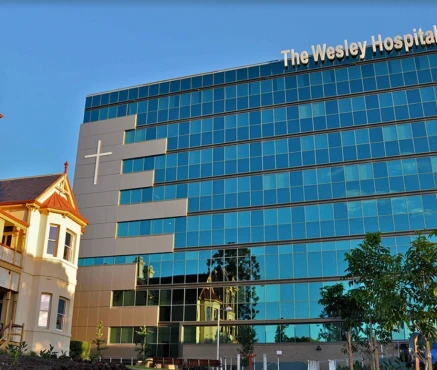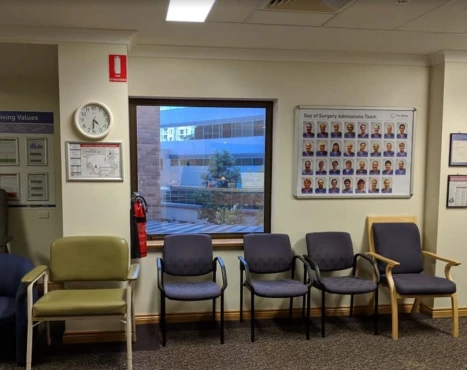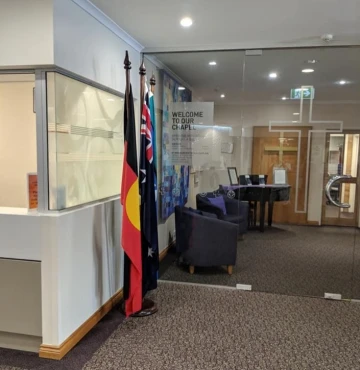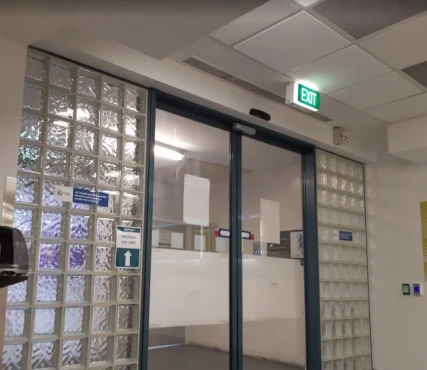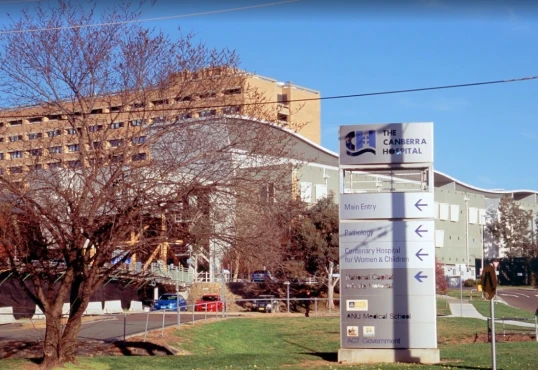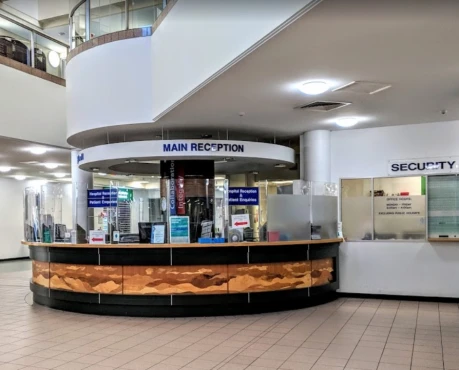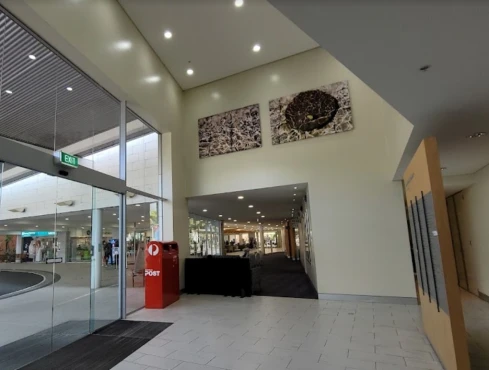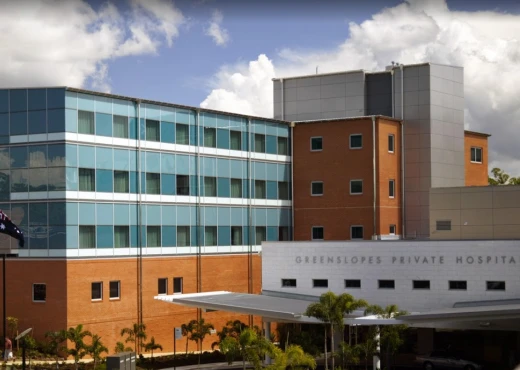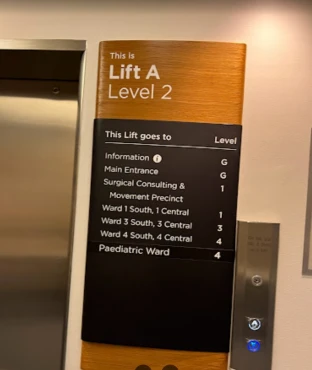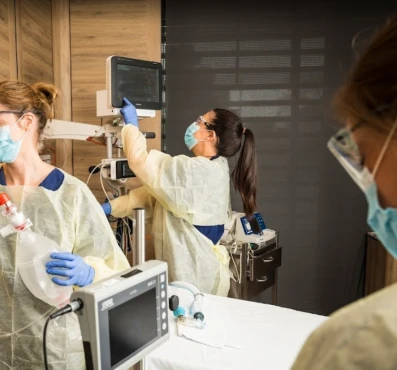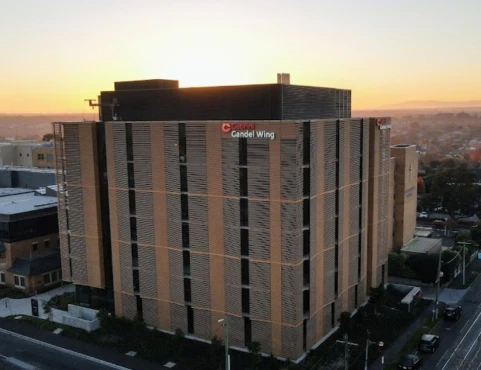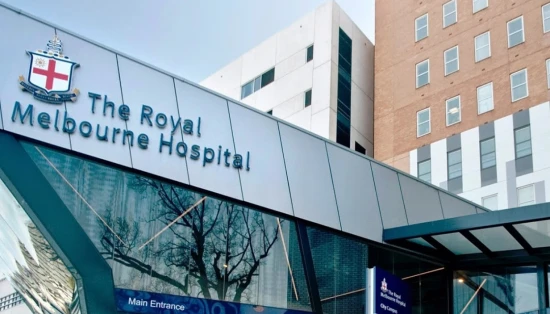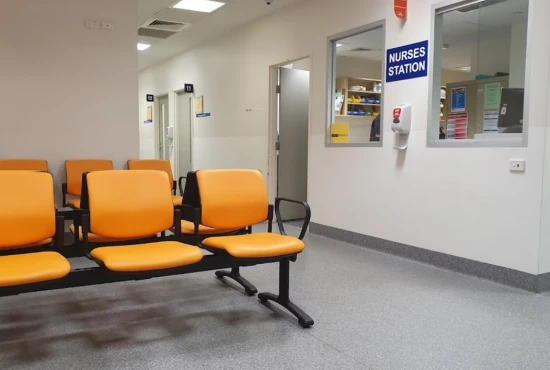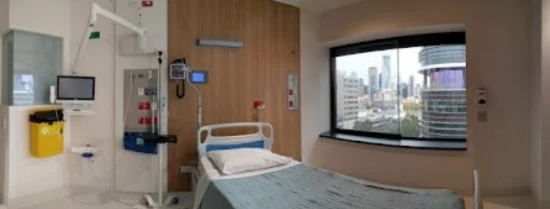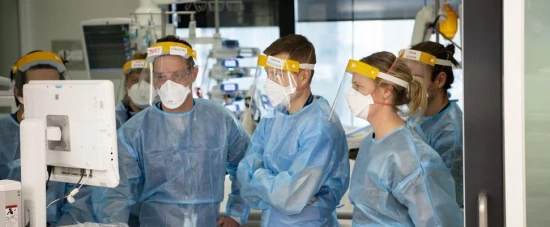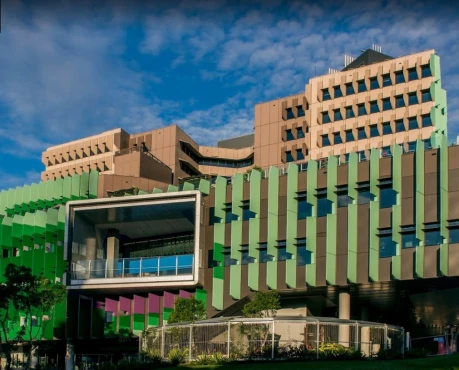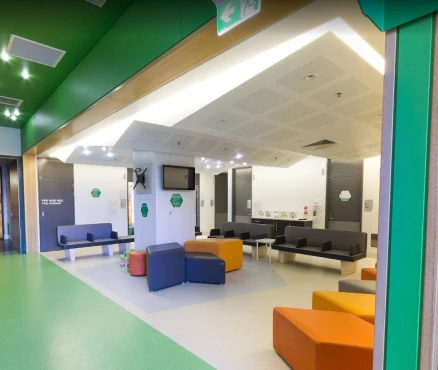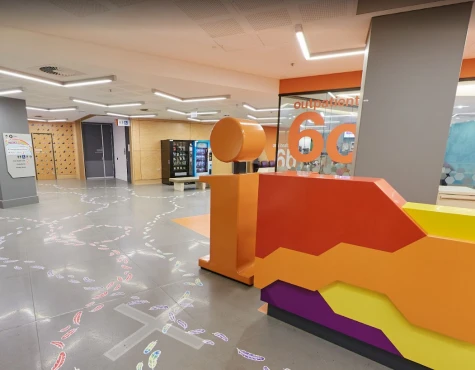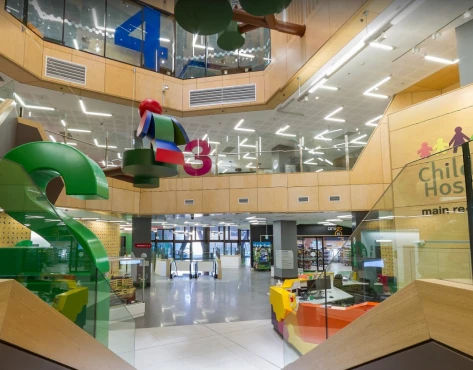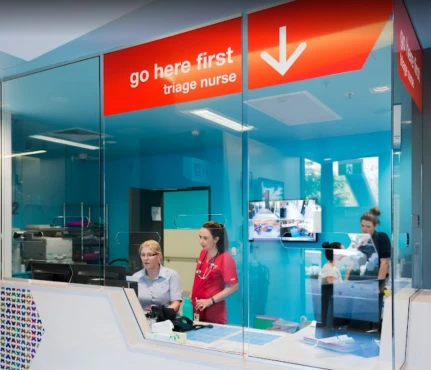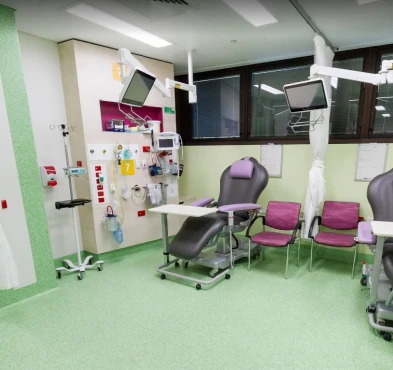Traumatic brain injury (TBI) treatment in 16 Neurosurgery clinics in Oceania
16 clinics specializing in Neurosurgery providing treatment of
Traumatic brain injury (TBI)
Traumatic brain injury (TBI) is a condition caused by a severe blow or jolt to the head, leading to brain damage. It can result in cognitive, physical, and emotional impairments, requiring immediate medical attention and rehabilitation for recovery.
Read more...
disease in Oceania.
-
Head injury surgery
≈ $7,224
-
Decompressive craniectomy
≈ $18,989
-
External ventricular drain (EVD) placement
≈ $3,201
-
Brain tumors surgery
≈ $24,121
-
Surgical neurolysis
≈ $4,281
-
Chiari decompression surgery
≈ $8,457
-
Epidural block
≈ $1,268
-
Endoscopic pituitary surgery
≈ $21,214
-
Cranioplasty
≈ $11,410
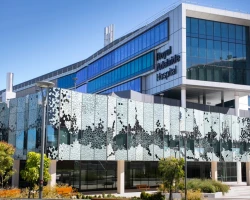
-
Head injury surgery
≈ $8,212
-
Decompressive craniectomy
≈ $19,280
-
External ventricular drain (EVD) placement
≈ $712
-
Brain aneurysm repair
≈ $21,276
-
Brain aneurysm clipping
≈ $23,066
-
Microvascular decompression (MVD)
≈ $15,222
-
Arteriovenous malformation (AVM) resection
≈ $13,830
-
Brain tumors surgery
≈ $19,549
-
Peripheral nerve repair
≈ $6,035

-
Head injury surgery
≈ $7,224
-
Decompressive craniectomy
≈ $18,989
-
External ventricular drain (EVD) placement
≈ $3,201
-
Brain aneurysm repair
≈ $23,803
-
Brain aneurysm clipping
≈ $26,754
-
Microvascular decompression (MVD)
≈ $15,327
-
Arteriovenous malformation (AVM) resection
≈ $24,087
-
Brain tumors surgery
≈ $24,121
-
Peripheral nerve repair
≈ $7,005
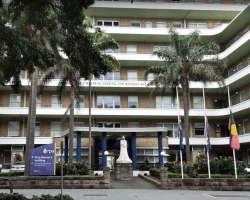
-
Head injury surgery
≈ $7,224
-
Decompressive craniectomy
≈ $18,989
-
External ventricular drain (EVD) placement
≈ $3,201
-
Peripheral nerve repair
≈ $7,005
-
Nerve decompression surgery
≈ $7,688
-
Surgical neurolysis
≈ $4,281
-
Epidural block
≈ $1,268
-
Cranioplasty
≈ $11,410
-
Benign peripheral nerve tumor removal
≈ $6,143

-
Head injury surgery
≈ $7,224
-
Decompressive craniectomy
≈ $18,989
-
External ventricular drain (EVD) placement
≈ $3,201
-
Brain aneurysm repair
≈ $23,803
-
Brain aneurysm clipping
≈ $26,754
-
Microvascular decompression (MVD)
≈ $15,327
-
Arteriovenous malformation (AVM) resection
≈ $24,087
-
Brain tumors surgery
≈ $24,121
-
Peripheral nerve repair
≈ $7,005
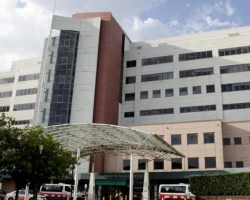
-
Head injury surgery
≈ $8,212
-
Decompressive craniectomy
≈ $19,280
-
External ventricular drain (EVD) placement
≈ $712
-
Brain aneurysm repair
≈ $21,276
-
Brain aneurysm clipping
≈ $23,066
-
Microvascular decompression (MVD)
≈ $15,222
-
Arteriovenous malformation (AVM) resection
≈ $13,830
-
Brain tumors surgery
≈ $19,549
-
Peripheral nerve repair
≈ $6,035
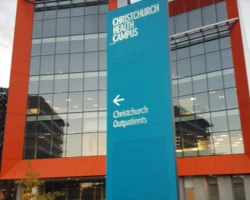
-
Head injury surgery
≈ $8,212
-
Decompressive craniectomy
≈ $19,280
-
External ventricular drain (EVD) placement
≈ $712
-
Brain aneurysm repair
≈ $21,276
-
Brain aneurysm clipping
≈ $23,066
-
Microvascular decompression (MVD)
≈ $15,222
-
Arteriovenous malformation (AVM) resection
≈ $13,830
-
Brain tumors surgery
≈ $19,549
-
Peripheral nerve repair
≈ $6,035

-
Head injury surgery
≈ $7,224
-
Decompressive craniectomy
≈ $18,989
-
External ventricular drain (EVD) placement
≈ $3,201
-
Brain aneurysm repair
≈ $23,803
-
Brain aneurysm clipping
≈ $26,754
-
Microvascular decompression (MVD)
≈ $15,327
-
Arteriovenous malformation (AVM) resection
≈ $24,087
-
Brain tumors surgery
≈ $24,121
-
Peripheral nerve repair
≈ $7,005
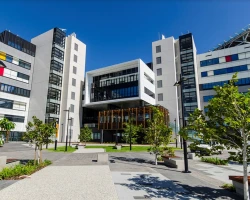
-
Head injury surgery
≈ $8,212
-
Decompressive craniectomy
≈ $19,280
-
External ventricular drain (EVD) placement
≈ $712
-
Brain aneurysm repair
≈ $21,276
-
Brain aneurysm clipping
≈ $23,066
-
Microvascular decompression (MVD)
≈ $15,222
-
Arteriovenous malformation (AVM) resection
≈ $13,830
-
Brain tumors surgery
≈ $19,549
-
Peripheral nerve repair
≈ $6,035
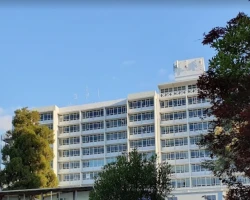
-
Head injury surgery
≈ $7,496
-
Decompressive craniectomy
≈ $19,704
-
External ventricular drain (EVD) placement
≈ $3,321
-
Brain aneurysm repair
≈ $24,699
-
Brain aneurysm clipping
≈ $27,761
-
Microvascular decompression (MVD)
≈ $15,904
-
Arteriovenous malformation (AVM) resection
≈ $24,994
-
Brain tumors surgery
≈ $25,029
-
Peripheral nerve repair
≈ $7,269
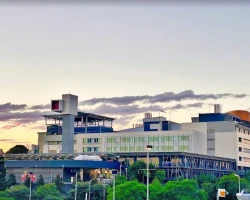
-
Head injury surgery
≈ $7,224
-
Decompressive craniectomy
≈ $18,989
-
External ventricular drain (EVD) placement
≈ $3,201
-
Brain aneurysm repair
≈ $23,803
-
Brain aneurysm clipping
≈ $26,754
-
Microvascular decompression (MVD)
≈ $15,327
-
Arteriovenous malformation (AVM) resection
≈ $24,087
-
Brain tumors surgery
≈ $24,121
-
Peripheral nerve repair
≈ $7,005

-
Head injury surgery
≈ $7,224
-
Decompressive craniectomy
≈ $18,989
-
External ventricular drain (EVD) placement
≈ $3,201
-
Brain aneurysm repair
≈ $23,803
-
Brain aneurysm clipping
≈ $26,754
-
Microvascular decompression (MVD)
≈ $15,327
-
Arteriovenous malformation (AVM) resection
≈ $24,087
-
Brain tumors surgery
≈ $24,121
-
Surgical neurolysis
≈ $4,281
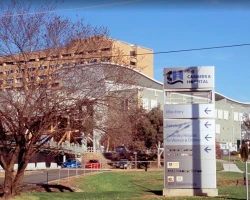
-
Head injury surgery
≈ $7,224
-
Decompressive craniectomy
≈ $18,989
-
External ventricular drain (EVD) placement
≈ $3,201
-
Brain aneurysm repair
≈ $23,803
-
Brain aneurysm clipping
≈ $26,754
-
Microvascular decompression (MVD)
≈ $15,327
-
Arteriovenous malformation (AVM) resection
≈ $24,087
-
Brain tumors surgery
≈ $24,121
-
Peripheral nerve repair
≈ $7,005
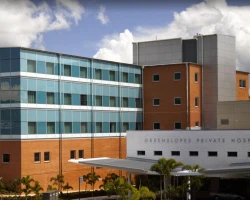
-
Head injury surgery
≈ $7,224
-
Decompressive craniectomy
≈ $18,989
-
External ventricular drain (EVD) placement
≈ $3,201
-
Brain aneurysm repair
≈ $23,803
-
Brain aneurysm clipping
≈ $26,754
-
Microvascular decompression (MVD)
≈ $15,327
-
Arteriovenous malformation (AVM) resection
≈ $24,087
-
Brain tumors surgery
≈ $24,121
-
Peripheral nerve repair
≈ $7,005
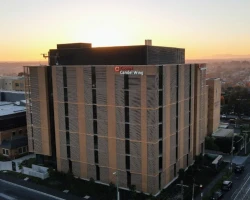
-
Head injury surgery
≈ $7,224
-
Decompressive craniectomy
≈ $18,989
-
External ventricular drain (EVD) placement
≈ $3,201
-
Brain aneurysm repair
≈ $23,803
-
Brain aneurysm clipping
≈ $26,754
-
Microvascular decompression (MVD)
≈ $15,327
-
Arteriovenous malformation (AVM) resection
≈ $24,087
-
Brain tumors surgery
≈ $24,121
-
Peripheral nerve repair
≈ $7,005

-
Head injury surgery
≈ $7,224
-
Decompressive craniectomy
≈ $18,989
-
External ventricular drain (EVD) placement
≈ $3,201
-
Brain tumors surgery
≈ $24,121
-
Peripheral nerve repair
≈ $7,005
-
Nerve decompression surgery
≈ $7,688
-
Surgical neurolysis
≈ $4,281
-
Epidural block
≈ $1,268
-
Endoscopic pituitary surgery
≈ $21,214
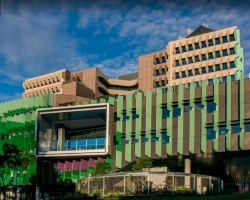
Clinics grouping by rating
Clinic with the highest rating of 4.8 — Southern Cross Hospital, Christchurch in Christchurch, New Zealand, clinic with the most reviews number of 808 — Royal Adelaide Hospital in Adelaide, Australia.
With rating 4.0 and over — 1 clinic .
Countries with the highest number of clinics treating the diseases:
Traumatic brain injury (TBI):
Related procedures:
Quick navigation
- Brain shunt surgery $13,530 - $14,607
- Corpus callosotomy $5,768 - $13,456
- Craniofacial surgery $10,321 - $15,217
- Elevation of depressed skull fracture $8,081 - $18,490
- Endoscopic septostomy $6,079 - $12,986
- Endoscopic third ventriculostomy (ETV) $6,005 - $10,848
- Extracranial CSF drainage by request
- Focal resection $4,474 - $11,896
- Functional hemispherectomy $8,616 - $20,571
- Laser interstitial thermal therapy (LITT) $23,309 - $31,543
- Lumbar puncture $874 - $1,370
- Multiple subpial transection (MST) $9,740 - $20,805
- Nerve decompression surgery $5,432 - $7,977
- Ommaya reservoir placement $5,696 - $12,166
- Peripheral nerve repair $6,143 - $7,269
- Responsive neurostimulation (RNS) insertion $45,098 - $55,125
- Shunt revision $5,713 - $13,044
- Temporal lobe resection $17,018 - $38,887
- Traumatic cerebrospinal fluid leaks surgical repair $3,955 - $4,013
- Vagus nerve stimulator (VNS) implantation $7,538 - $8,140
- Bell's palsy
- Brain metastases
- Cavernous angioma
- Cavernous hemangioma
- Cerebral cavernous malformation (CCM)
- Cerebrovascular occlusive disease
- Craniofacial injury
- Craniopharyngioma
- Glossopharyngeal neuralgia
- Hemifacial spasm
- Intracranial atherosclerotic stenosis (ICAS)
- Intraventricular tumor
- Moyamoya disease
- Pituitary cyst
- Skull base tumor
- Skull defect
- Skull fracture
- Subarachnoid hemorrhage (SAH)
- Traumatic cerebral spinal fluid leakage
- Trigeminal neuralgia

